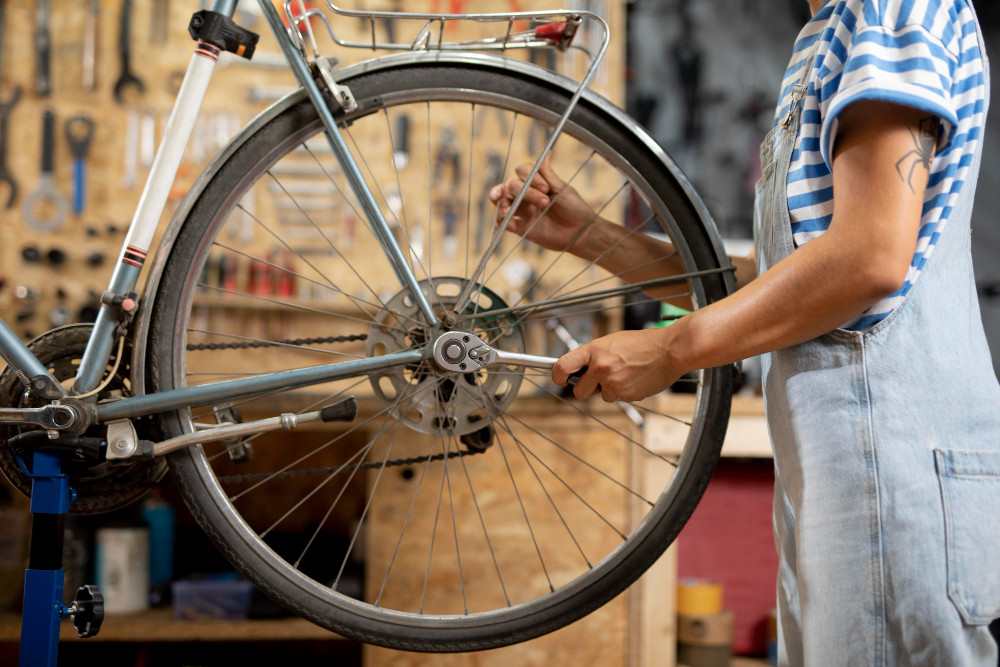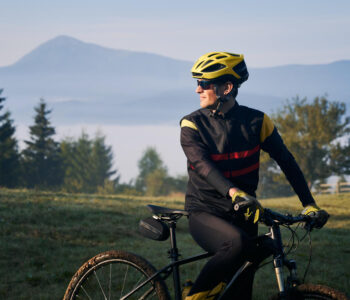
From Frame to Chain: Understanding the Anatomy of Your…
Regarding bikes, the sum of their parts defines their performance, comfort, and utility. This guide explores each bike component, from the smallest screws to the largest frame sections. Whether you are a newbie or a seasoned cyclist, understanding each part can help you choose a new bike wisely and maximize the potential of your current ride.
Frame
The frame serves as the backbone of your bike. It is the primary component that holds everything together. Materials commonly used include aluminium, steel, titanium, or carbon fibre.
Each material offers unique advantages and disadvantages:
- Aluminium frames provide a lightweight yet stiff ride for flat terrains.
- Steel frames offer more flexibility and are durable but weigh more.
- Titanium combines the best, offering lightweight and flexibility but at a higher cost.
- Carbon fibre provides the lightest and most comfortable ride but is also expensive.
Modern frames also have mounting options for accessories like water bottle cages, pannier racks, and fenders. Some frames are also aerodynamically designed to reduce wind resistance, which is especially useful for racing bikes.
Wheels and tires
Wheels and tires significantly impact your riding comfort and speed. Depending on your biking needs, you will find various sizes, treads, and materials. For city commuting, smooth, slim tires offer less rolling resistance and are ideal for paved roads. For mountain biking, you will need broader tires with aggressive treads for better grip and stability on uneven terrains.
Tubeless tires are becoming increasingly popular for their puncture resistance. Some wheels also offer quick-release features. They allow you to easily remove the wheels for storage or repair without needing tools.
Brakes
Good brakes are crucial for your safety. Rim and disc brakes are the two main types you will encounter. Rim brakes are generally easier to inspect and repair but may offer less stopping power in wet conditions. Disc brakes are robust and provide consistent stopping power in all situations but can be more challenging to maintain.
Some bikes have electronic braking systems that provide an even more responsive stopping experience. These are primarily found in high-end road bikes.
Saddle
Your saddle can significantly affect your biking experience. Padding, material, and design improve your comfort and the saddle’s performance. Road cyclists often prefer narrow, streamlined saddles for better pedalling efficiency. In contrast, leisure cyclists might opt for wider saddles with more cushioning.
Some modern saddles offer airflow channels for better ventilation and reduced sweat. Others might include built-in saddlebags or mounting points for carrying essentials.
Drivetrain
The drivetrain includes the gears, chain, and crankset and is the system that transfers power from your legs to the bike’s wheels. Gearing options can vary widely. More gears can offer a versatile ride, helping you climb steep hills or go faster on flat terrains.
Modern drivetrains have electronic shifting systems that make gear changes seamless and highly responsive. These are often seen in higher-end models but are trickling down to more affordable options.
Conclusion
Gaining an in-depth understanding of bike components can significantly enrich your cycling experience. Whether you are in the market for a new bike or looking to optimize your current one, this knowledge empowers you to make informed decisions.
Are you ready to take your cycling to the next level? Begin exploring these components today and make your bike truly yours.



